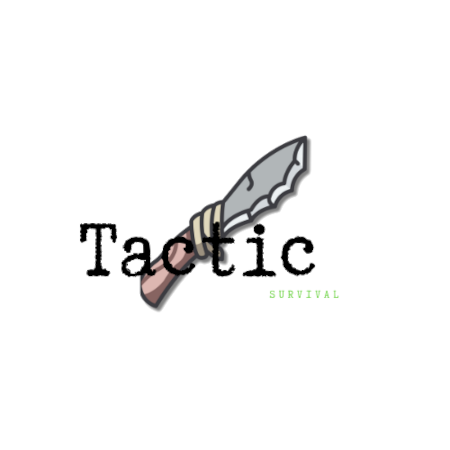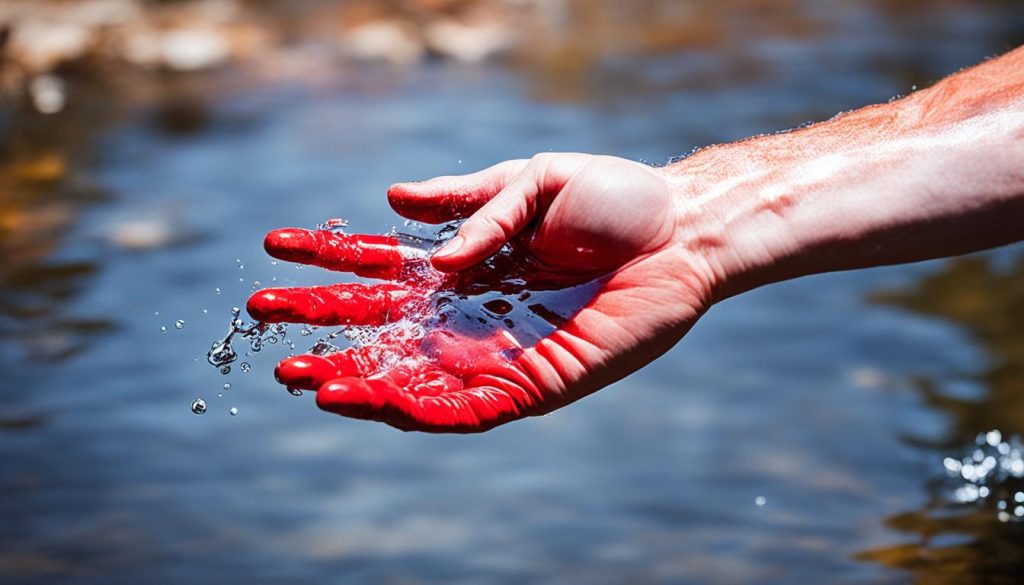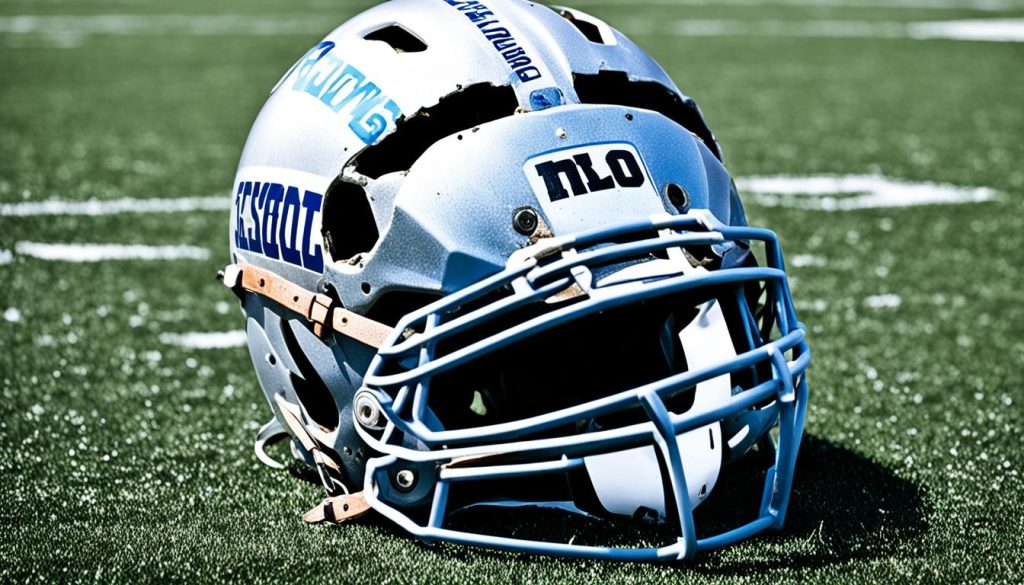Do you understand that learning basic first aid could rescue someone’s life? You might help a loved one, a stranger, or even yourself. Knowing these skills can be a big help in an emergency. And guess what? Learning and remembering these techniques is simpler than you imagine.
Imagine you were able to help a person breathe if their heart suddenly stopped. Or if you could clear a blockage from a choking person. With basic first aid knowledge, you can truly save a life.
Also, knowing how to spot a concussion, help a sprain, and even stitch a cut can stop more injuries and speed up healing. These skills don’t just let you help in a crisis. They also give you the confidence to step in and assist right away.
Key Takeaways:
- Basic first aid skills can save lives in emergency situations.
- Skills like CPR, splinting, and wound care are easy to learn and recall.
- Knowing first aid principles allows you to provide immediate assistance until professional help arrives.
- Identifying concussions, supporting sprains, and closing wounds are part of essential first aid skills.
- Acquiring these skills instills confidence and empowers you to help others in critical situations.
The Importance of CPR and Heimlich Maneuver
Knowing CPR and the Heimlich maneuver can be life-changing. They’re crucial for helping someone choking or in cardiac arrest. Acting fast can save a life.
CPR deals with a stopped heart, keeping the person alive until doctors arrive. The Heimlich maneuver is for removing throat blockages. Both are vital, potentially saving someone’s life.
Remember, only trained people should use CPR and the Heimlich maneuver. Without training, there’s a risk of harm. Always get certified first.
By learning CPR and the Heimlich, you’re ready to help in emergencies. It can make all the difference, potentially saving a life. Every second counts.
Key Benefits of CPR and the Heimlich Maneuver
- They keep someone alive until professional help comes.
- They prevent serious danger during choking or a heart attack.
- With these skills, you’re a crucial part of helping in emergencies.
Learning CPR and the Heimlich is key for everyone. It makes you an essential community member, ready to help at any time. It’s about being prepared for the unexpected.
| Key points about CPR | Key points about the Heimlich maneuver |
|---|---|
| CPR helps preserve brain function, blood circulation, and breathing during cardiac arrest. | The Heimlich maneuver dislodges obstructions from the airways of a choking person. |
| Learning CPR takes only a few minutes and greatly increases the chances of survival. | Proper training is necessary to perform the Heimlich maneuver effectively. |
| Performing CPR requires artificial ventilation and chest compressions. | The Heimlich maneuver uses abdominal thrusts to expel obstructions. |
Managing Injuries: Splinting, Bleeding, and Burn Care
Knowing how to make a splint is key when someone breaks a bone. It prevents more harm and lowers pain. This knowledge is vital without immediate medical help. You can use simple items at home or found outdoors to help.
Stopping heavy bleeding is a big deal. It can save a life very quickly. Making a tourniquet and putting pressure on the wound are important skills. They help until the pros can take over.
Understanding burns and how to treat them is critical. There are different types of burns, and each needs different care. Cool water, clean wraps, and easing pain are good treatments. Remember, bad burns need a doctor’s touch. This avoids issues and helps the victim heal well.
Learning first aid for injuries is crucial. It could mean saving a life. With quick help and support, you are an essential part of emergencies. Time is of the essence, and your quick response matters a lot. Always remember that you can make a difference.
Identifying and Responding to Concussions and Sprains
Concussions are serious head injuries that need quick medical help. Knowing the signs, like feeling dizzy or having big pupils, is key. This helps to get the right treatment fast and avoid brain damage. If you or someone you know hits their head hard and feels odd, get them to see a doctor right away.
Sprains, on the flip side, are common and can often be cared for on the spot. For a sprained joint, wrap it with an ace bandage and raise the limb. This eases pain and stops more harm. But, remember, while these steps are good, they’re no substitute for a doctor’s check-up to see how bad the sprain is.
It’s vital to know how to spot and deal with concussions and sprains. By acting quickly on these injuries, you’re helping a lot. You reduce the problems and speed up healing.
Common Symptoms of a Concussion:
- Dizziness
- Pupil dilation
- Confusion
- Nausea or vomiting
- Headache
- Memory problems
First Aid for Sprains:
- Encourage the person to rest and keep off the hurt joint.
- Put an ice pack on the sprain to cut swelling and pain.
- Wrap the sprained joint with an ace bandage for support.
- Keep the hurt limb up high to lower swelling.
- Urged them to see a doctor for more help and checks.
So, while knowing basic first aid is good, always put the person’s health first. Make sure they see a medical professional as soon as possible.
Basic First Aid for Wounds and Stitches
Accidents happen, leading to cuts and wounds that need quick care. It’s key to know how to clean and dress wounds. This stops infections and helps them heal faster. Here’s what you can do:
- Clean the wound: First, wash your hands well. This stops more germs from getting into the wound. Use mild soap and water to clean it. Rinse away any dirt. Avoid strong antiseptics, they slow down healing.
- Stop the bleeding: Use a clean cloth or gauze to press on the wound. This will help stop the blood. Also, raising the hurt area above the heart can slow the bleeding.
- Dress the wound: After the bleeding stops, put on a clean dressing. It can be an adhesive bandage or a non-stick pad. This keeps the wound safe from more germs. Use medical tape to keep the dressing in place.
- Monitor for signs of infection: Watch the wound for signs it might be getting infected. This includes more redness, swelling, or fluid. If it looks like it’s not healing or gets worse, get medical help.
Sometimes, you might not have quick access to a doctor. In such cases, if you know how to stitch a wound, it can help. But remember, this is not common. Stitches need the right training and tools. Doing it wrong can cause problems. So, always look for medical help soon.
When to Seek Medical Help for Wounds:
It’s a good idea to get a doctor’s help for wounds that:
- are deep or have rough edges,
- come from a dirty or rusty thing,
- are from an animal or human bite,
- are on the face, close to the eyes, or the genitals,
- don’t stop bleeding even after pressing for 10-15 minutes,
- show signs of infection.
Remember, basic first aid is just the first step in wound care. Always seek professional medical advice for serious or complex injuries.
| Type of Wound | First Aid Steps |
|---|---|
| Cut or laceration | First, clean the wound. Then apply pressure to stop the bleeding. Lastly, dress the wound with a sterile dressing. |
| Abrasion or scrape | Gently clean the wound with soap and water. Next, apply antibacterial ointment. Then, cover it with a clean dressing. |
| Puncture wound | First, gently clean the wound. Next, apply an antibacterial ointment. Then, cover with a clean dressing. Do not pull out anything stuck in the wound. |
Conclusion
Learning first aid skills is very important for everybody. These skills help with emergency response and dealing with medical emergencies. They make it possible for anyone to help in cases such as heart attacks, strokes, and asthma. You can learn how to do CPR and the Heimlich maneuver, treat injuries, and more. Knowing this can save lives and stop injuries from getting worse.
To learn first aid, many resources are available. The “First Aid” MicroLearning course is one option. It includes lessons on eye injuries, cuts, burns, and other common issues. The American Red Cross also offers training and certification in first aid and CPR. These courses teach you the basic life support you need to help confidently in emergencies.
It’s smart for families to have a complete first aid kit. The kit should have plasters, gauze, gloves, and more. Cooling burns under cold water for ten minutes is crucial. These supplies can help until a doctor arrives.
Investing in first aid training is important. It enables you to be a hero and save lives. So, start learning first aid today to be ready when needed.


